Still life is an art of capturing inanimate objects (natural or man-made) for their qualities of form, colour, texture and composition. Early Netherlandish still life painting presented skulls, candles and hour glasses order to convey the transience of life and futility of materialism. Often combined with flowers or fruits of all seasons to symbolise nature’s cycle. Those more morbid themes represent a genre of still life called Vanitas.
History
Still Life was first introduced in western art by the Egyptians 5000 years ago. In their ancient religious beliefs, when a person died, if they had lead a righteous life they would be rewarded with eternal life in the field of reeds. However, in order to retain eternal life the persons body had to retain the same physical appearance it had on earth (mummification). In addition, the tomb of the dead had to contain all the things they would need in the afterlife including food, and although actual food was put into tombs, it was limiting as a person living an eternal life would need a lot of it, so the ancient Egyptians also painted images of food on the tomb walls. Those paintings included the same items as most modern still life including fruit, vegetables, bread, fish and other animals as well as wine.
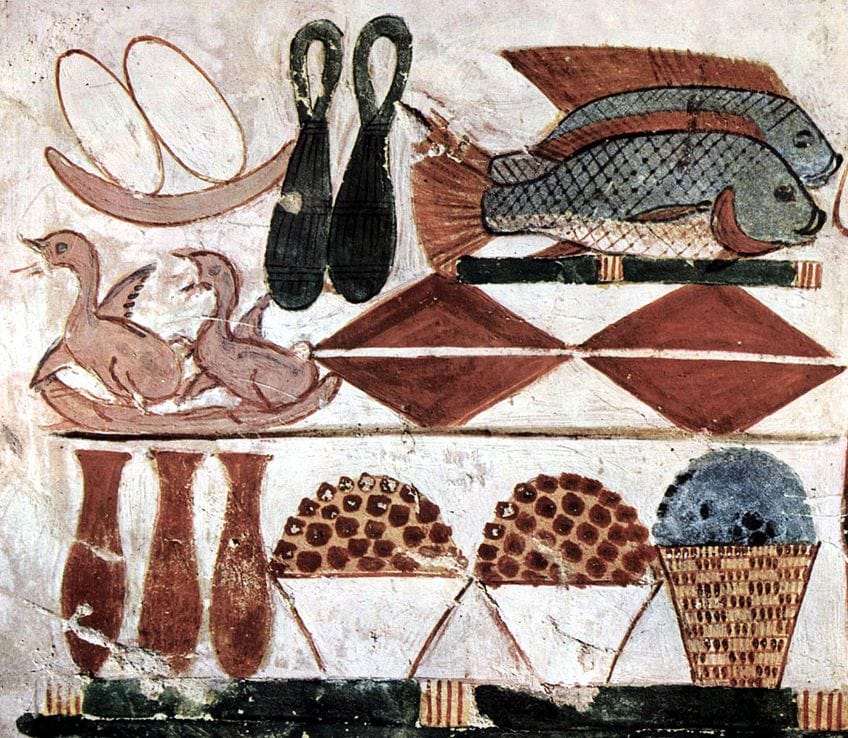
The Egyptian tomb paintings were created for religious purposes. However, during classical times (8th century BC – 6th century AD) still life became an object for home decoration and a display of wealth. Ancient Romans used Bodegones; representation of common objects of daily life including food: platers, glasses, jars, fish, vegetables and fruit; to decorate their kitchens. Bodegones remain a popular subject for still life in the modern times.

Other examples of ancient roman still life include the Memento mori, used on tomb stones as a reminder that no mater who you are death always happens. In the image below, the wheel symbolises the passage of time and the butterfly represents the transformation of the soul as it leaves the constrains of the earthy body. Those themes carry on in todays vanitas.
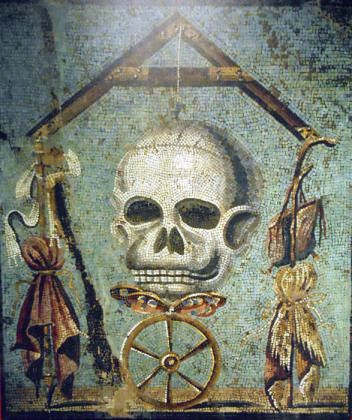
Although decorative still life fresco murals and mosaics occasionally appeared in antiquity it wasn’t until the Renaissance it became an independent painting genre. The first painting to be considered still life was painted by an Italian painter, Jacopo de’Barbari, in 1504.
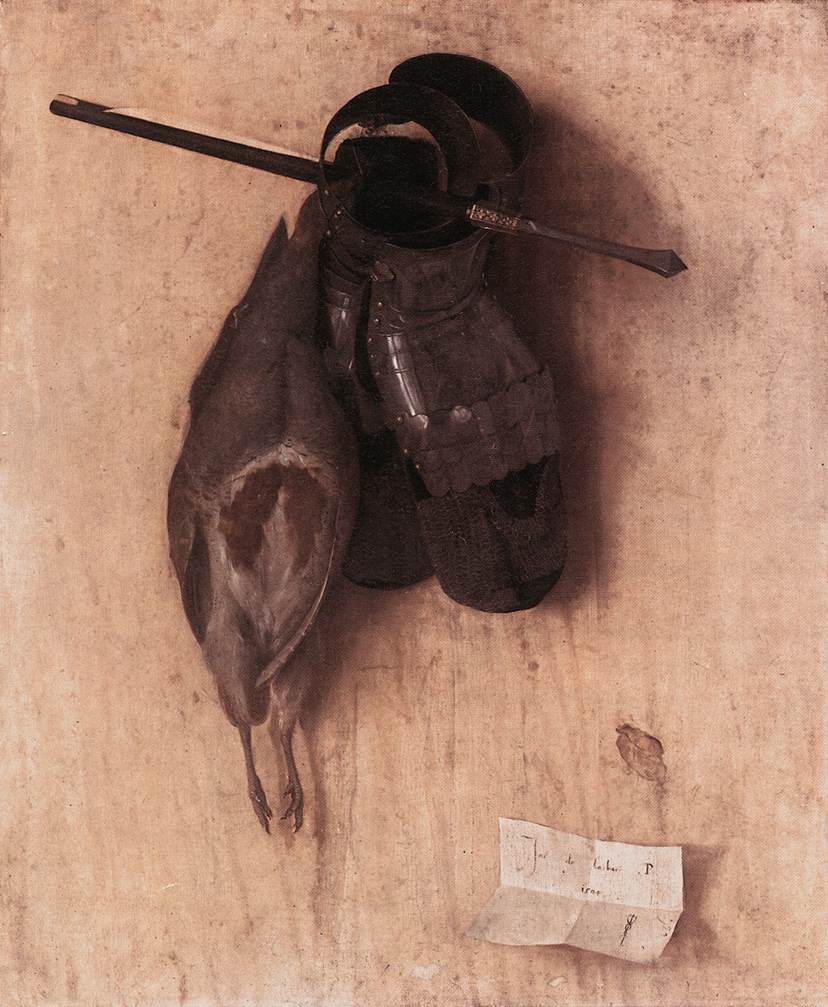
After fighting off the Spanish inquisition the Dutch Republic became an independent country over the course of the 17th century, dominating international trade, brining in staples and luxury goods from around the world. The rise of middle class who wanted to decorate theirs homes and an increasing demand for secular subjects in paintings other than portraiture are what contributed to the Dutch Golden Age of still life paintings. Amongst the famous Dutch and Flemish painters who specialised in still life art were Willem Claesz Heda, Wilhem Kalf, Jan Fyt, Frans Snyders, Jan Weenix…

Jan Fyt 
Willem Kalf 
Frans Snyders 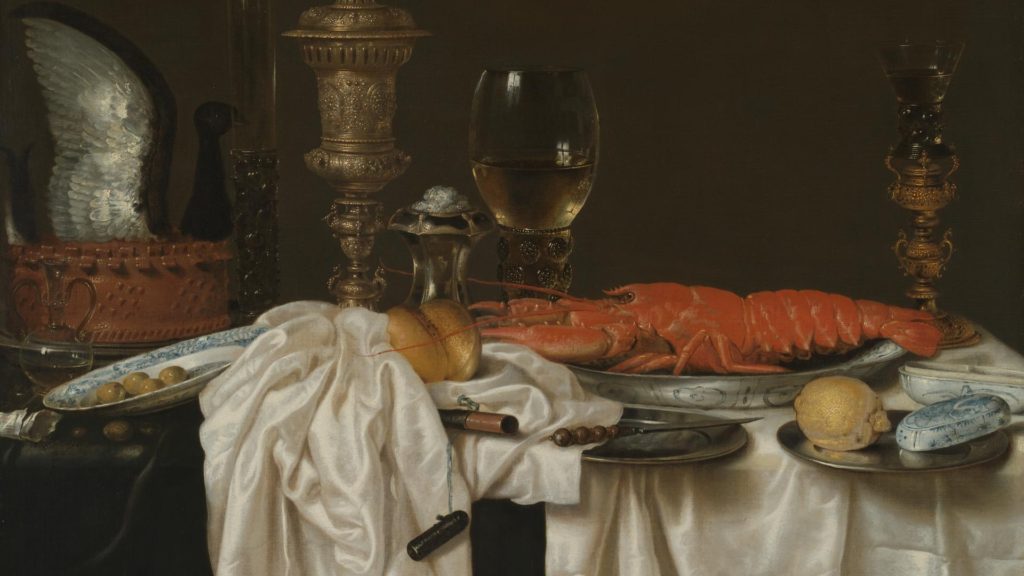
Willem Heda
After World War II until the rise of Non-objective paintings, France became the centre of still-life painting, with artists such as J.B.S. Chardin, Eugene Delacroix, Gustave Courbet, Claude Monet, Vincent van Gogh or Pablo Picasso dominating the scene.
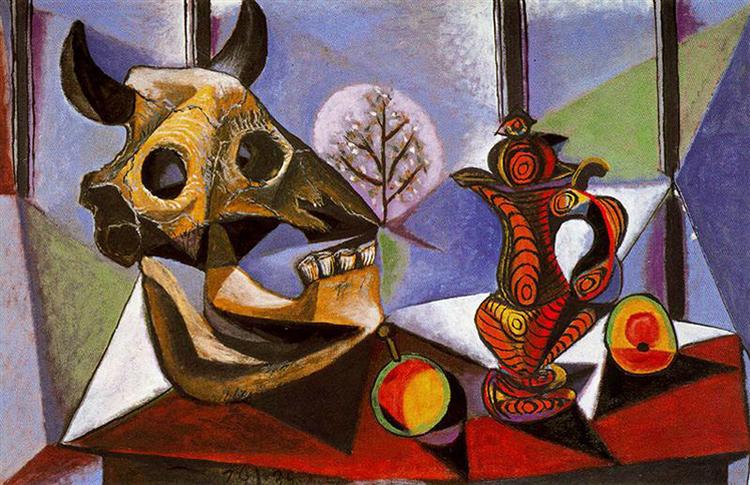
Pablo Picasso 
Vincent van Gogh 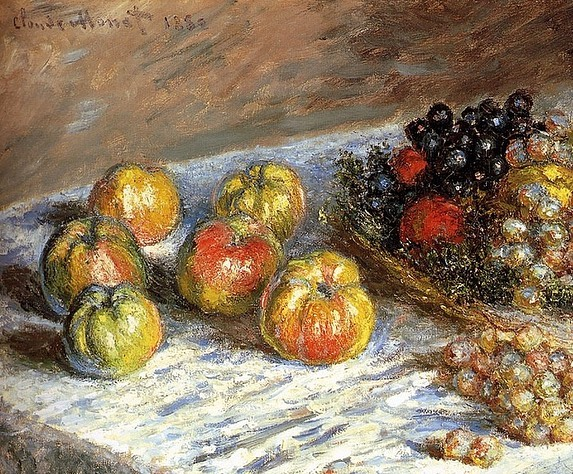
Claude Monet 
J.B.S. Chardin

Nathan, make sure that you produce a good blogpost showing your excellent 3D photo-sculpture experiments, with an evaluation of final outcome.